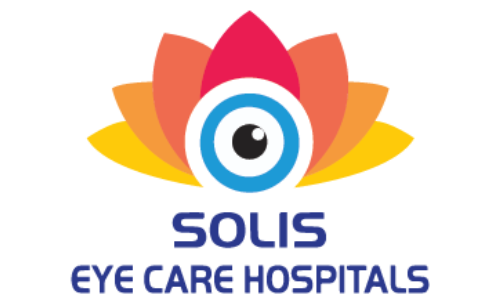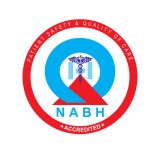Low
Vision
Introduction
Low vision refers to a significant visual impairment that cannot be corrected fully with glasses, contact lenses, medication, or surgery. It affects daily activities like reading, driving, or recognizing faces. At Solis Eye Care, we help patients adapt to low vision and regain independence through advanced assessments and rehabilitation.
Common Symptoms of Low Vision
Difficulty reading, watching TV, or using smartphones.
Trouble recognizing faces even in good lighting.
Reduced peripheral (side) vision.
Sensitivity to light and glare.
Difficulty seeing in low light or bright light.
Trouble with depth perception, affecting walking or balance.
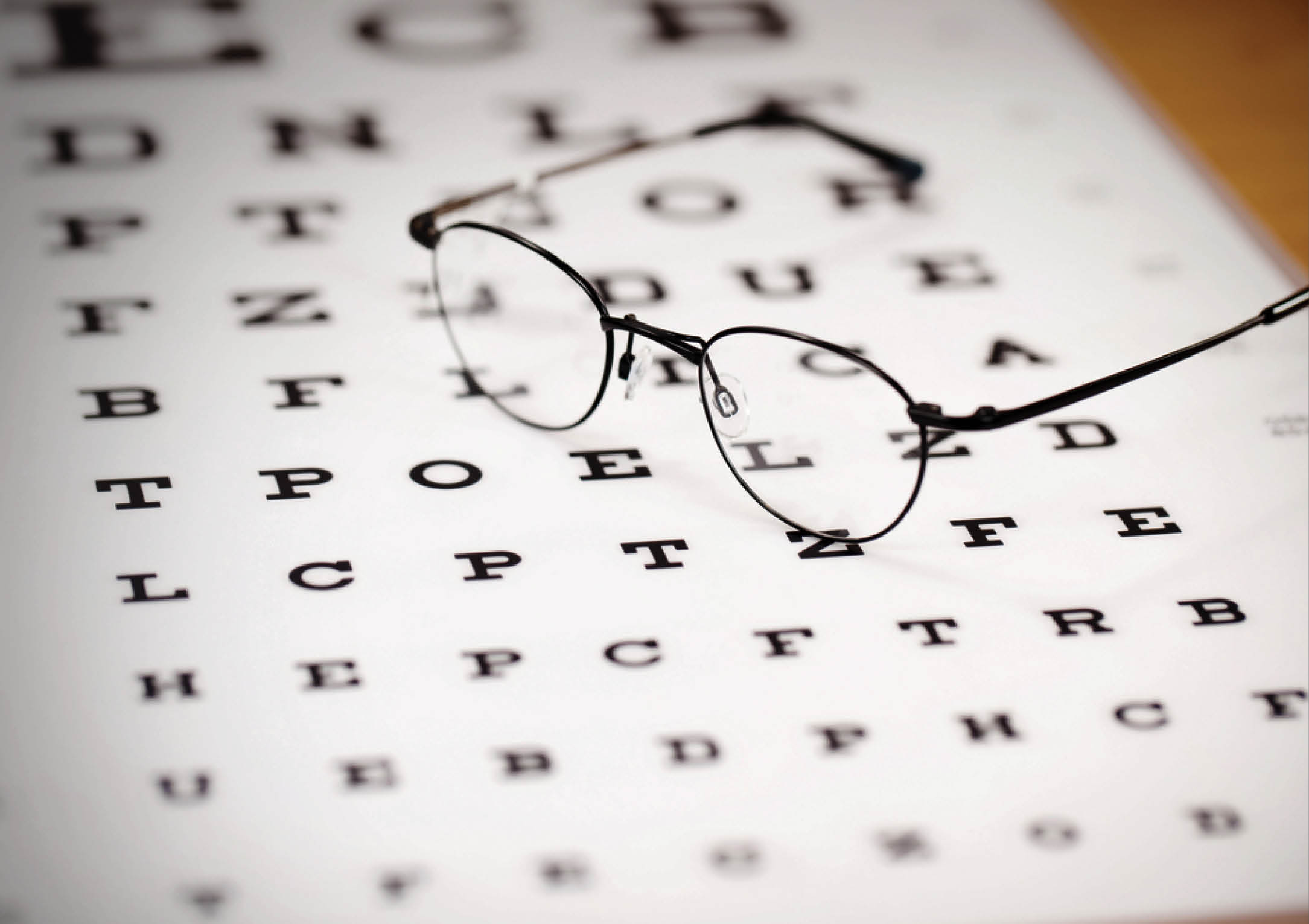
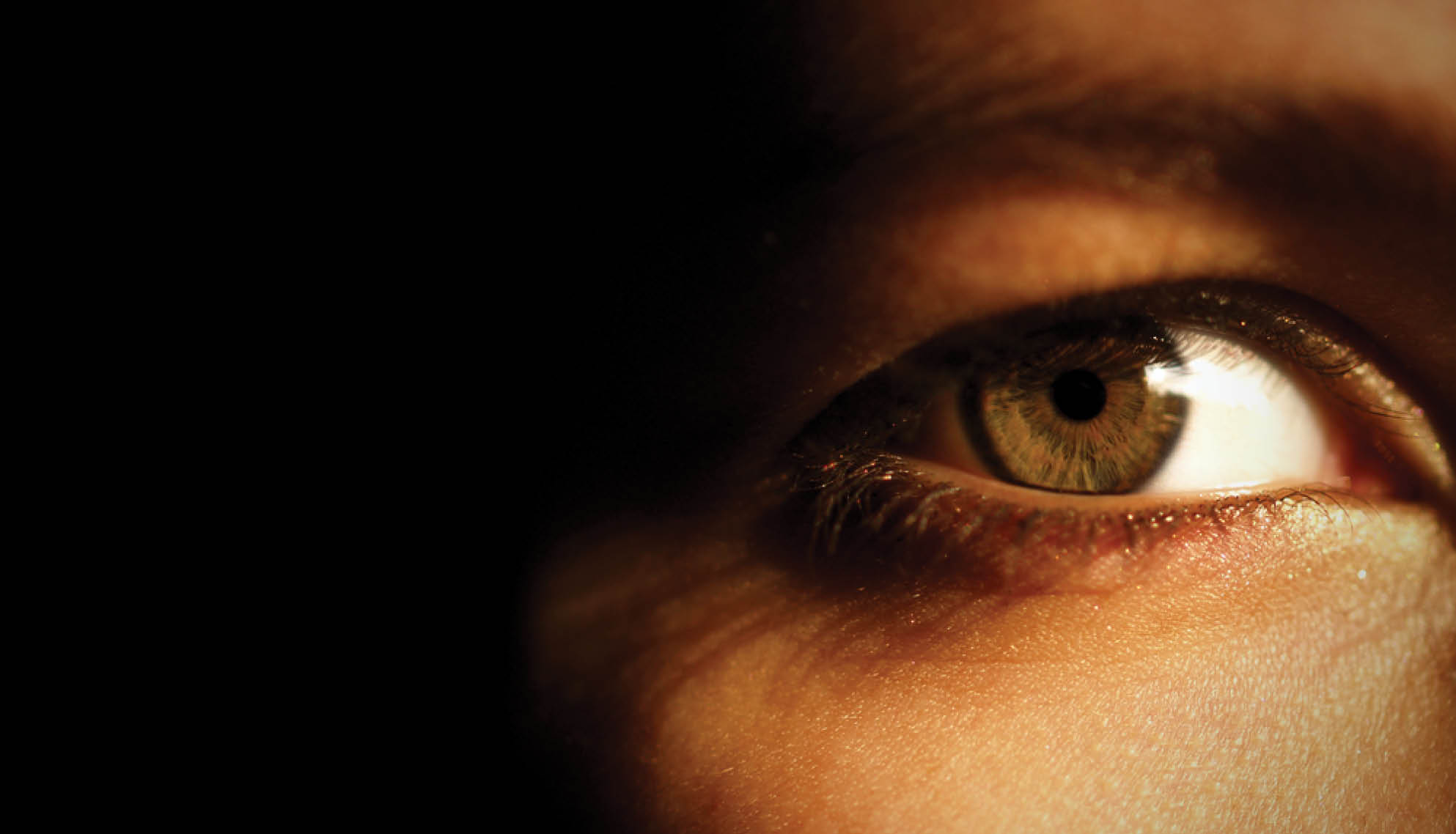
Causes and Risk Factors
Age-related macular degeneration (AMD), especially in older adults.
Diabetic retinopathy, causing damage to retinal blood vessels.
Glaucoma, leading to peripheral vision loss.
Inherited retinal disorders like retinitis pigmentosa.
Eye injuries or trauma.
Stroke or neurological conditions affecting vision.
- Low Vision Conditions We Manage
- Diagnosis & Treatment at Solis
- Long-Term Care and Monitoring
Central Vision Loss: Difficulty seeing fine details in the center of vision.
Peripheral Vision Loss: Tunnel vision or side vision reduction.
Night Blindness: Poor vision in low-light environments
Contrast Sensitivity Loss: Struggling to distinguish between objects and their backgrounds.
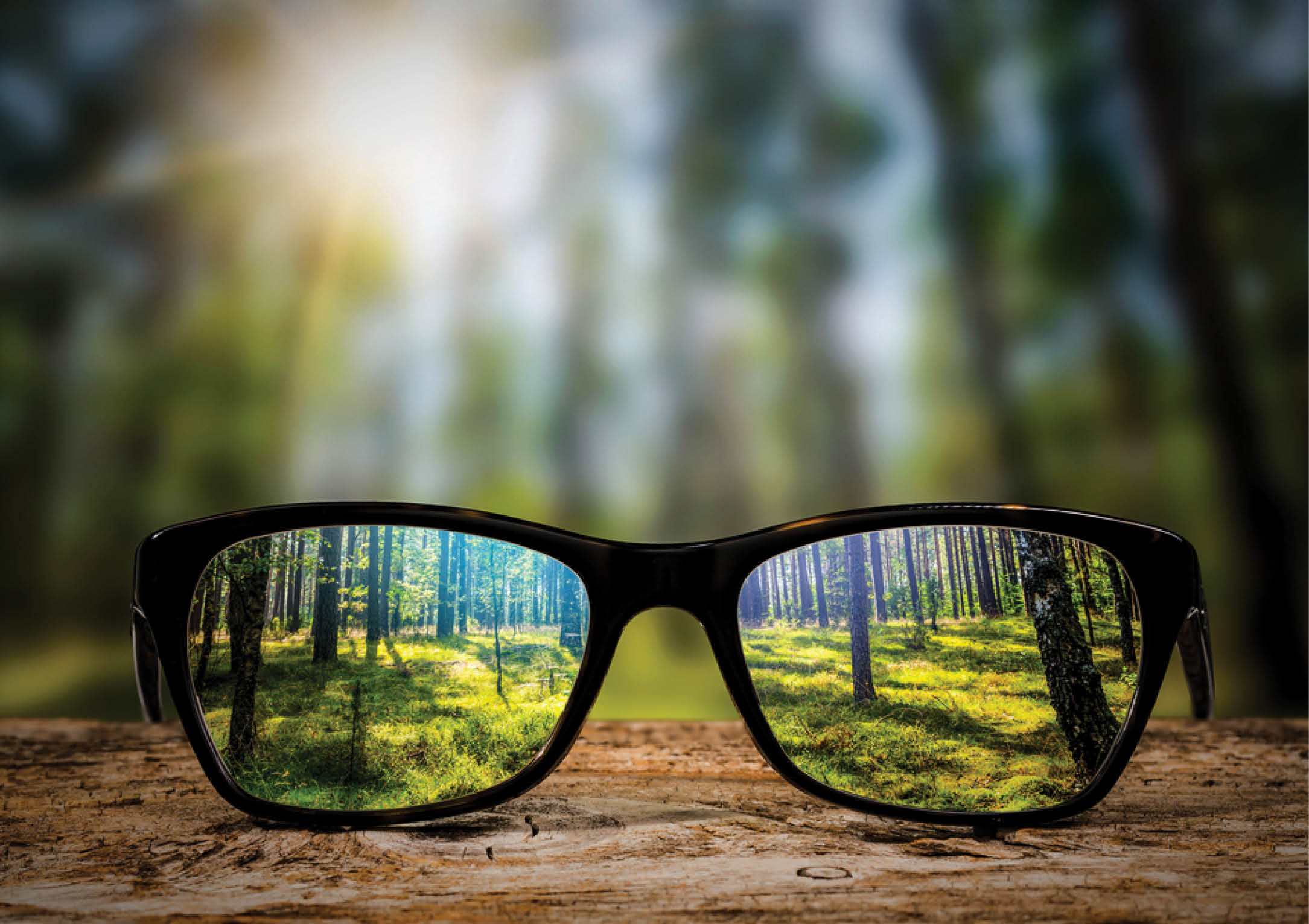
We conduct specialized low vision evaluations to assess functional vision. Supportive solutions include:
Low vision aids like magnifiers, special glasses, and telescopes.
Adaptive lighting and contrast-enhancing devices.
Orientation and mobility training for safe navigation.
Rehabilitation programs to teach daily living skills.
Counseling and support groups for patients and families.

Periodic assessments to adjust vision aids as needed.
Education on home adaptations for safety and ease.
Coordination with occupational therapists and counselors.
Continuous support to maintain emotional well-being and independence.
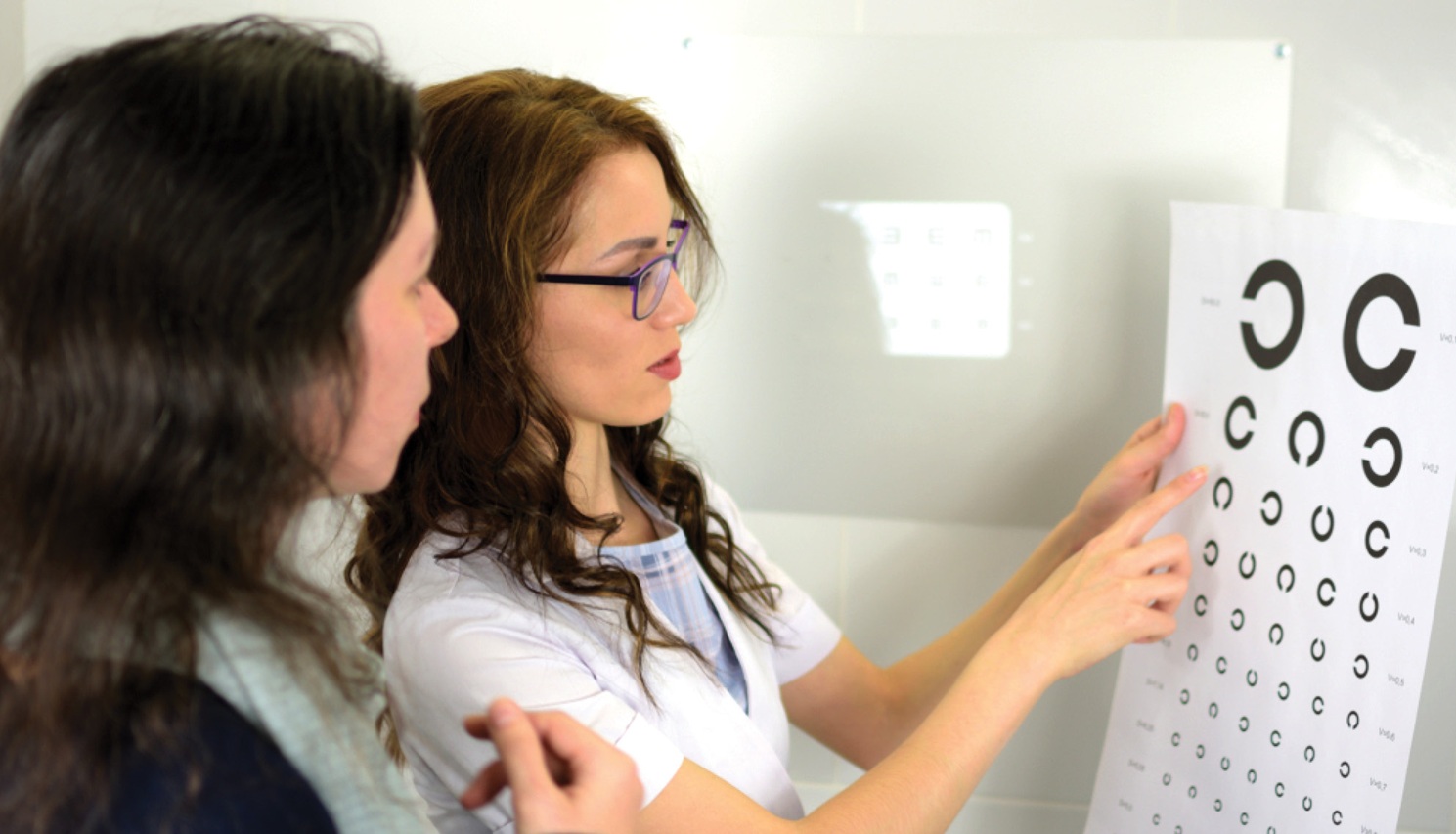
Frequently Asked Questions (FAQs)
Can low vision be cured?
No, but with the right aids and rehabilitation, patients can improve their quality of life.
What types of devices help with low vision?
Magnifiers, special reading glasses, telescopic lenses, and screen readers.
Who benefits from low vision services?
Anyone whose vision cannot be corrected fully by medical treatment or surgery.
Can children have low vision?
Yes, some congenital or hereditary eye diseases cause low vision in children.
How does rehabilitation help?
It teaches patients to use their remaining vision effectively and adapt to daily tasks.
